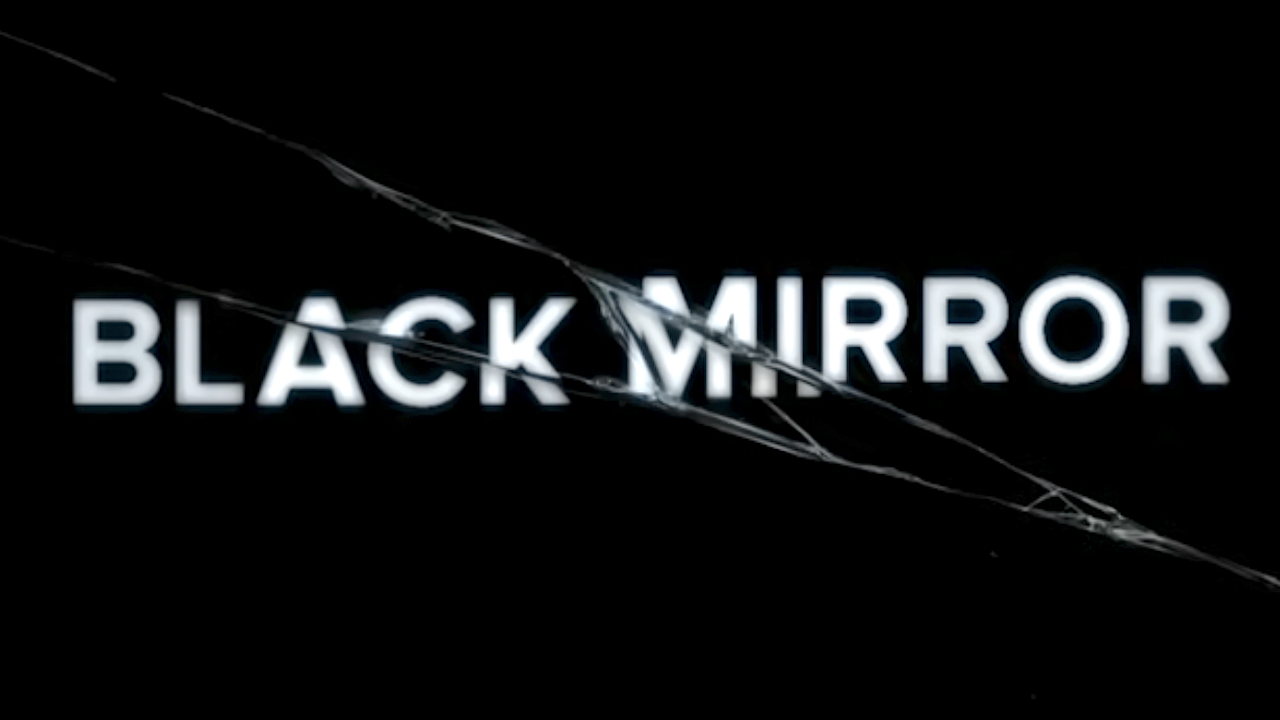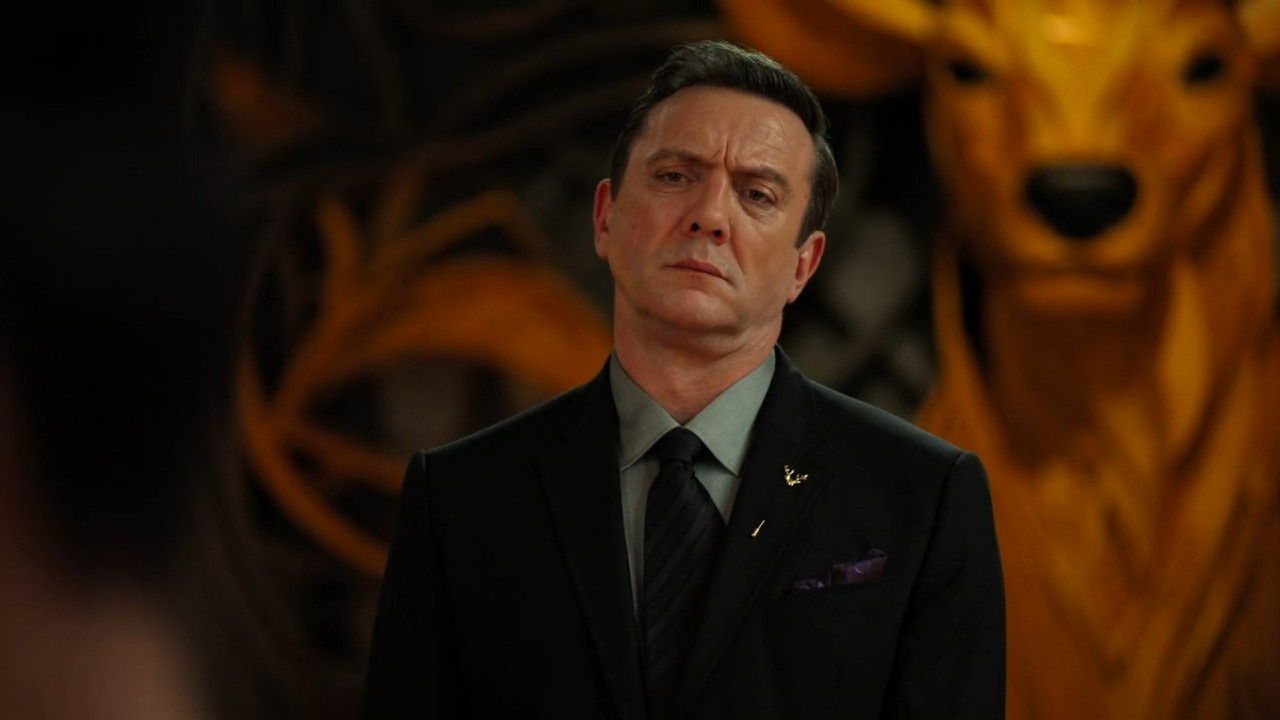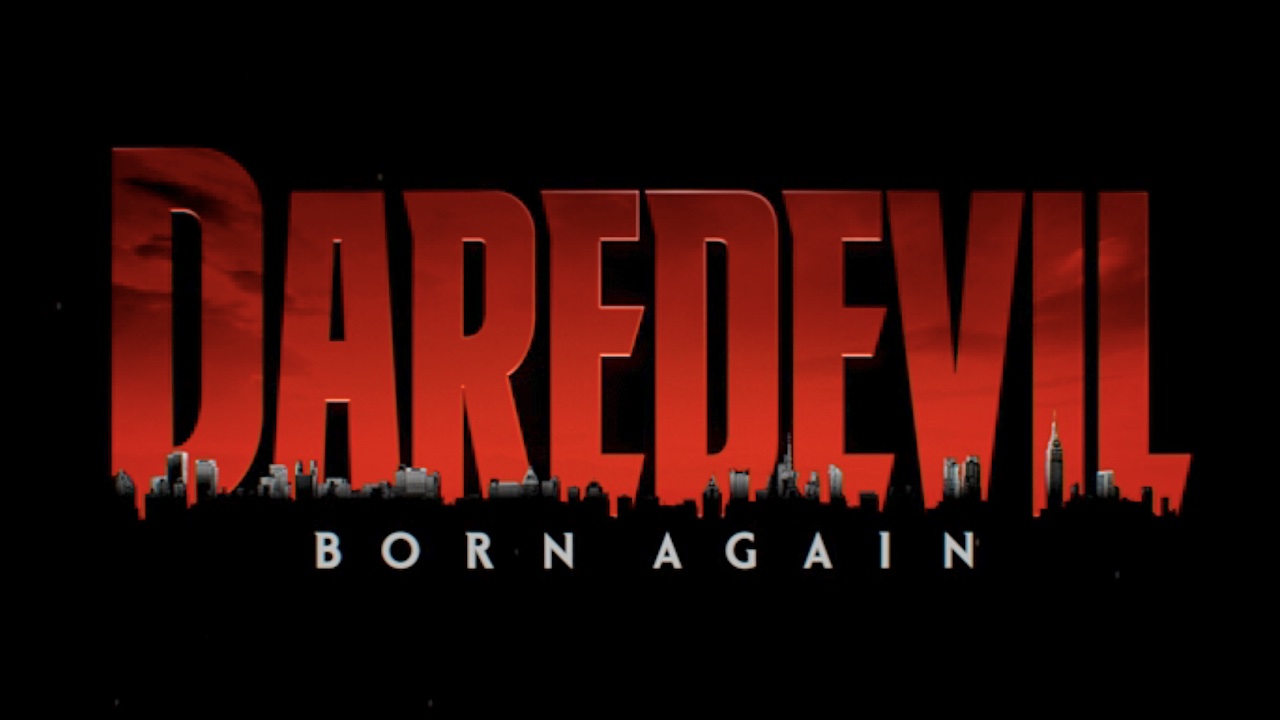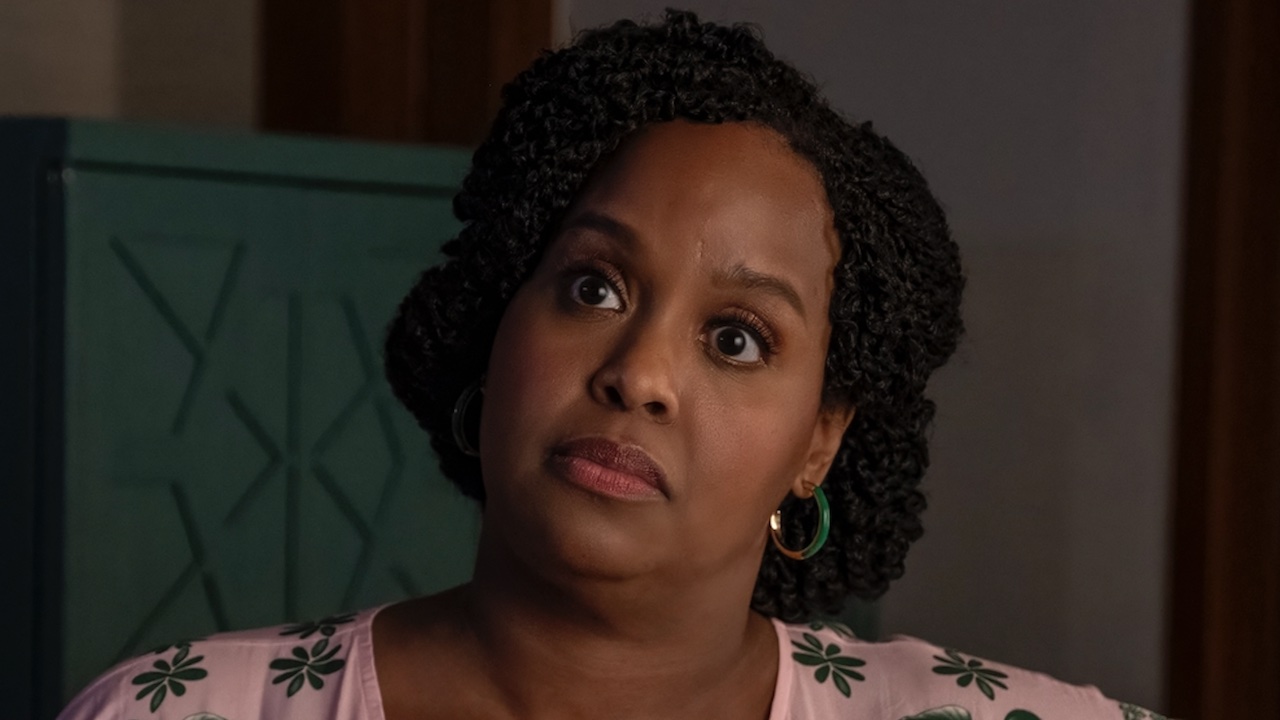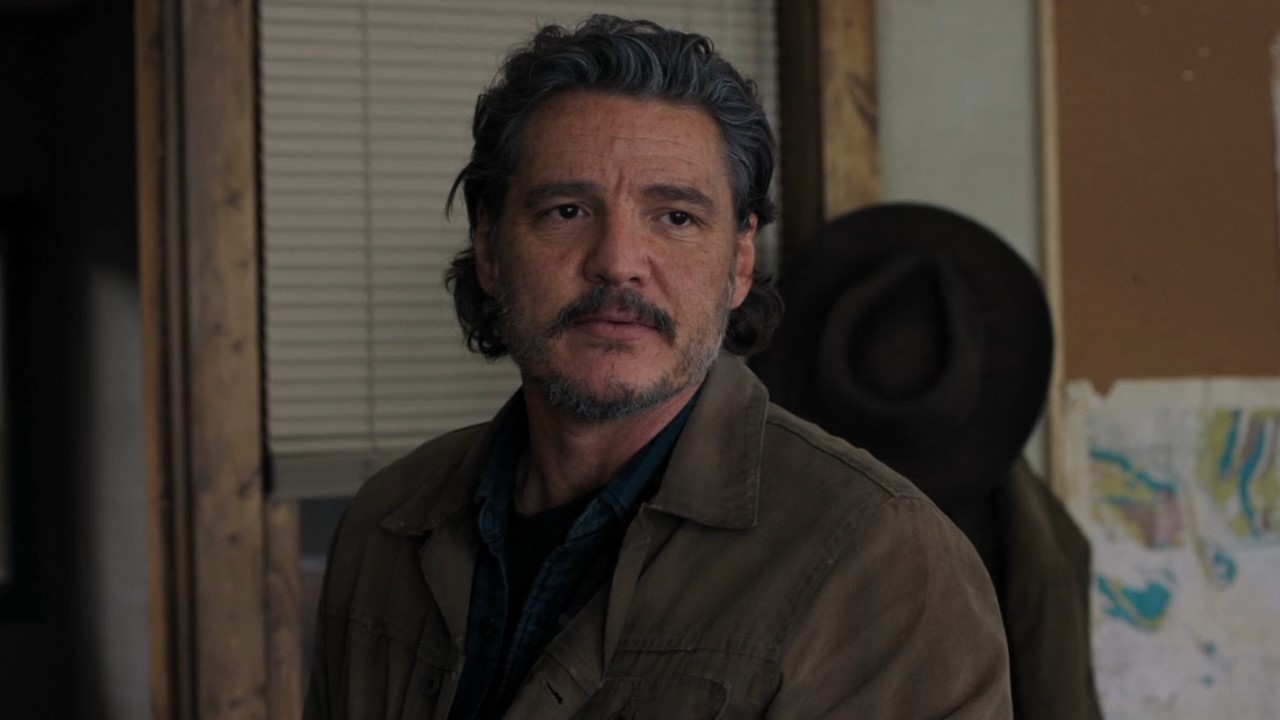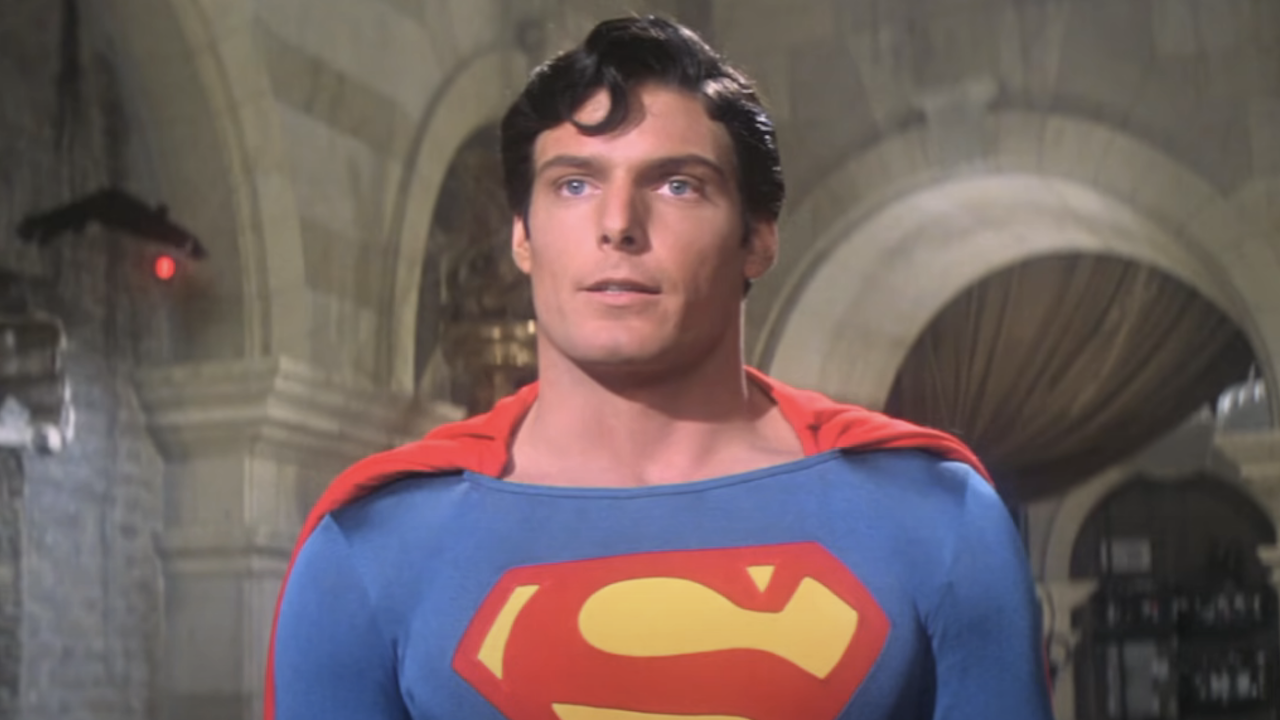Adapting Stephen King's The End Of The Whole Mess: Nightmares & Dreamscapes' Fourth Episode Delivers A Calm Apocalypse
Starring Ron Livingston and Henry Thomas
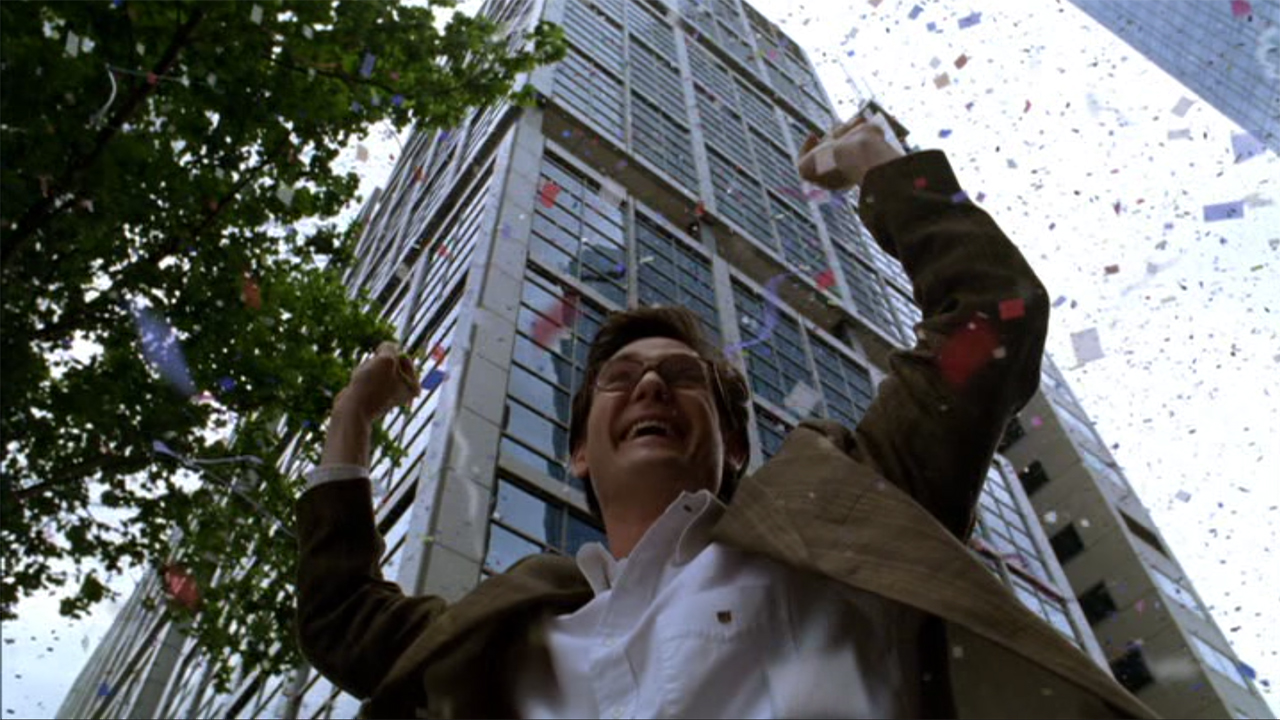
If there’s one macro disappointment with the terrific 2006 series Nightmares & Dreamscapes: From The Stories of Stephen King, it’s that most of the writers and directors working on the short-lived program were newcomers when it came to adapting the work of the titular author. The show might have had a whole different profile if it had enlisted the filmmakers responsible for some of the best King-related productions to make the über-faithful episodes – be it George A. Romero, Rob Reiner, Frank Darabont, Tobe Hooper, or Mick Garris (it’s worth noting that Garris was producing his own anthology at the time, Masters Of Horror, which had two episodes directed by Hooper).
This isn’t a knock against any of the talented writers and directors who did work on the show; it just would have provided the marketing department with an extra hook to sell… and perhaps boosted ratings enough for a Nightmares & Dreamscapes Season 2. I can dream, dammit!
“The End Of The Whole Mess,” the fourth episode in the single season run, is the one exception here, as it’s the only one that features a pair of King veterans in the credits. Lawrence D. Cohen (who had penned the screenplay for Brian De Palma’s Carrie, the first episode of 1990’s IT miniseries, and The Tommyknockers) handled teleplay duties, while the director of 2004’s underrated Salem’s Lot remake, Mikael Salomon, took the helm. The result? It’s easily one of the best installments of Nightmares & Dreamscapes.
The episode aired on July 19, 2006 – playing in the back half of Nightmares & Dreamscapes’ two hour timeslot and following the premiere of “Umney’s Last Case.” Starring Henry Thomas (who would go on to become a Stephen King veteran) and Ron Livingston, it’s a creepy apocalyptic tale, and a cool subject of dissection for this week’s Adapting Stephen King.
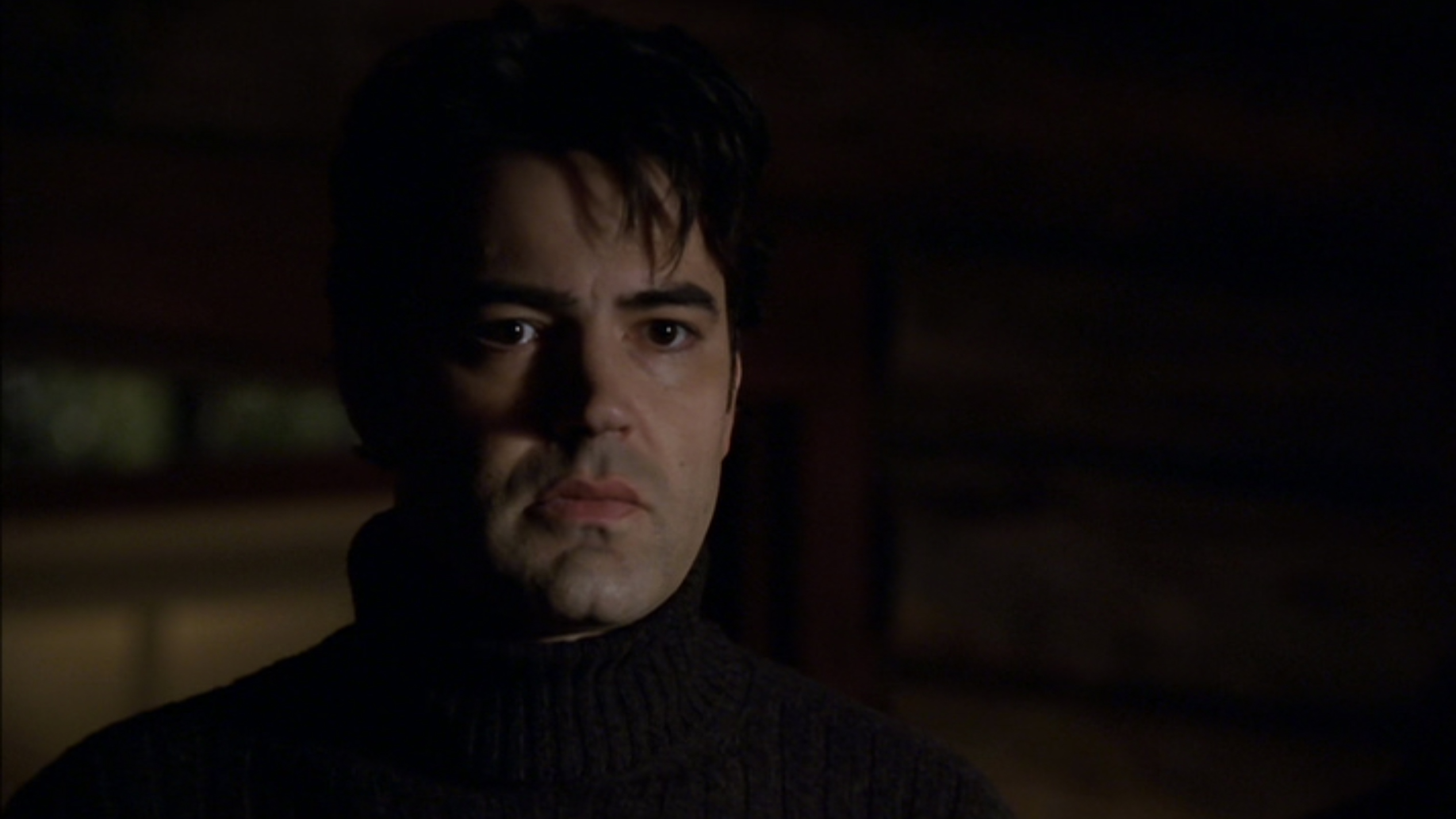
What “The End Of The Whole Mess” Is About
The vast majority of Stephen King’s books and stories are about terrors that are personal, intimate, and local… but he has most certainly had his say about the end of the world. Let’s not forget that this is the author behind The Stand – one of the all-time great pieces of apocalyptic fiction. That novel is about society dying while screaming, as a deadly respiratory virus nicknamed Captain Trips annihilates most of the human population on Earth, leaving the few survivors to try and rebuild.
“The End Of The Whole Mess” is a different kind of apocalypse story. Instead of everyone dying screaming, everybody dies calm and confused.
The Stephen King short was originally published in 1986, running in an issue of the science-fiction centric Omni Magazine, but it found a much bigger audience when it was reprinted in the 1993 collection Nightmares & Dreamscapes – featured as the second entry after “Dolan’s Cadillac.” It’s a first person narrative that reads as stream of consciousness, with protagonist Howard Fornoy writing the story in the final minutes of his life so that there is a record explaining how it was that the human race became extinct.
CINEMABLEND NEWSLETTER
Your Daily Blend of Entertainment News
Howard is a smart guy and a professional freelance writer, but his intellect is microscopic in comparison to his younger brother’s. Bobby, who we learn is dead at the start of the story, was seven years Howard’s junior, and was recognized as a prodigy at a young age – writing short essays when he was just three years old. By the time he was eight, he built a plywood plane that could actually fly.
Genius can be a burden, however, and in early adulthood Bobby became depressed about the state of the world and the constant conflict on the global stage. He began to search for a cure to the greatest ill that plagues mankind: the urge towards violence and aggression.
Following a great deal of sociological research and crime statistic analysis, Bobby discovered a seemingly magical town in Texas called La Plata. In a study calculating incidences of violent crime and adjusting for population density, Bobby realized that La Plata was a village wholly without conflict. As for the reason why, it had to do with a special chemical found in the drinking water – which Bobby was then able to isolate and extract from the massive underground aquifer. He called it The Calmative.
With Howard’s help, Bobby organized a mission to dump this chemical into an active volcano in Borneo – the idea being that the eruption would disperse The Calmative into the water cycle in countries around the Earth. People drank and bathed in the stuff. At first it seemed like the idea had resulted in world peace… but that only lasted until the universal long term side-effects kicked in: early onset dementia and Alzheimer’s disease.
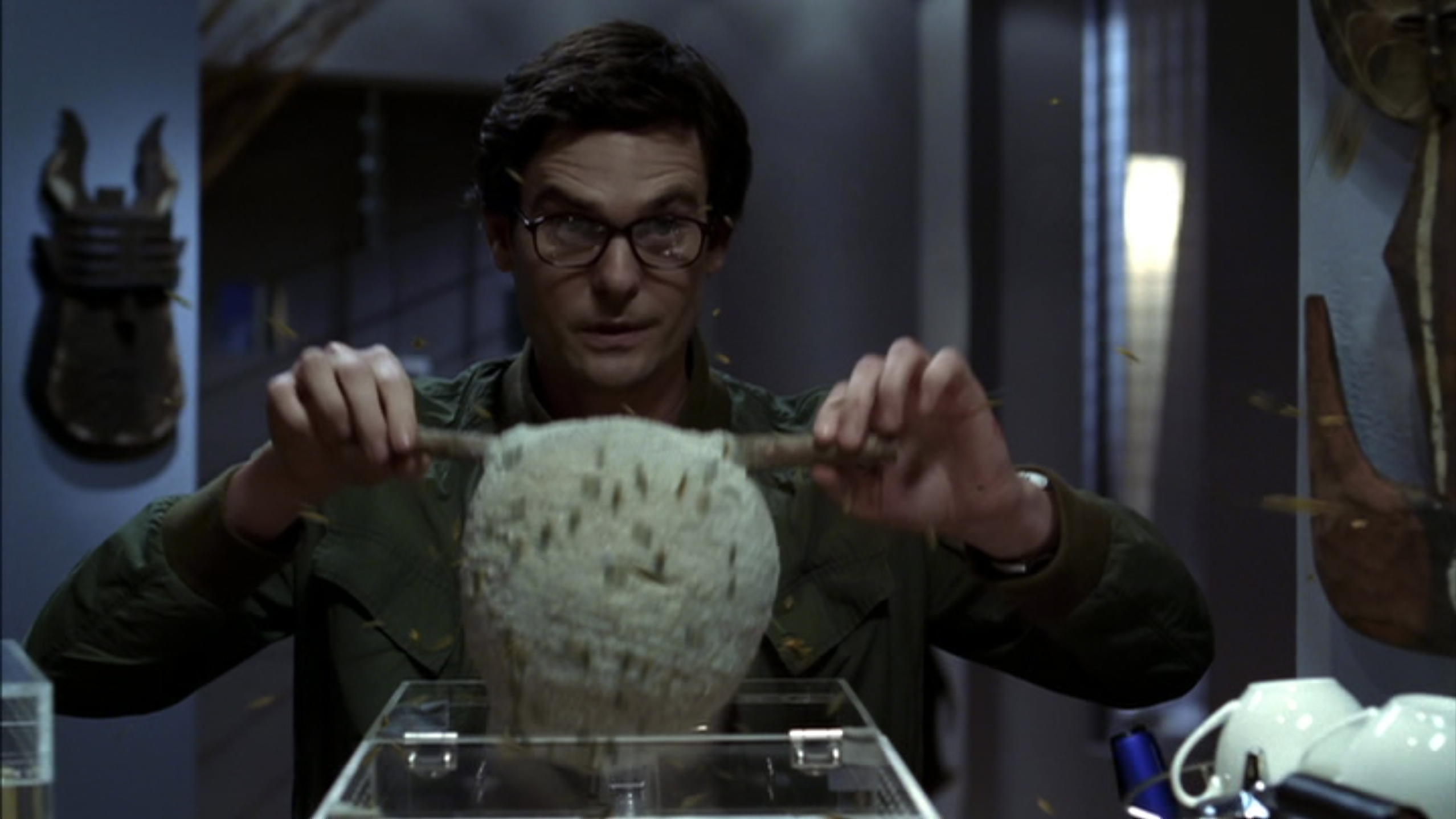
How Nightmares & Dreamscapes’ “The End Of The Whole Mess” Differs From The Short Story
The first three episodes of Nightmares & Dreamscapes: From The Stories of Stephen King – “Battleground,” “Crouch End,” and “Umney’s Last Case” – all share one thing in common. They are all tremendously faithful adaptations, but they feature significantly different beginnings and endings compared to their source material. “The End Of The Whole Mess” interrupts that pattern, as what you read in King’s story is almost verbatim what is featured on screen in the anthology series, with only a few incredibly minor changes scattered throughout.
The biggest alteration featured is an organic one that comes out of the story changing mediums. And it’s a perfect choice. Instead of being a freelance writer, Howard Fornoy (Ron Livingston) is made to be a documentary filmmaker. Because of this, he doesn’t journal the story of how The Calmative ended the world, and instead records himself recounting it into a camera.
Going this route is obviously more cinematic, and it also means that Howard isn’t the lone storyteller. The protagonist also records interviews with his mother and father (Rebecca Gibney, Tyler Coppin) as they suffer the devastating effects of The Calmative and are slowly deteriorating mentally.
Because he takes a concentrated dose of his brother’s serum prior to the start of his recitation, Howard is also depicted as losing his faculties toward the end of the story (which is also in King’s version) – but one thing that gets skipped over is his use of Digitalin to briefly regather himself so that he can finish his final task. Instead, once Nightmares & Dreamscapes’ Howard starts sliding off, he doesn’t stop until he is dead.
The only other significant change made from Stephen King’s short story is strange, in that it involves changing certain fictional details into non-fictional ones. As written by King, “The End Of The Whole Mess” is primarily set in an imagined version of the early 21st century, and there are mentions of terror events including something called a Squirt Bomb exploding and polluting sixty percent of London, and an attempt to “air-spray the AIDS virus over Berlin.” These are the events that drive Bobby (Henry Thomas) to try and achieve world peace.
In writing the teleplay for Nightmares & Dreamscapes, Lawrence Cohen didn’t use those fictions or advance the setting further into the future and create new ones; he instead opted to reference a real event that everyone in the television viewing audience of 2006 could personally relate to: the terrorist attacks on September 11, 2001. The whole Fornoy family gathers to watch the news coverage on television, and with an anchor’s voice reporting what’s happening and the actors reacting in shock, it’s an incredibly emotional moment.
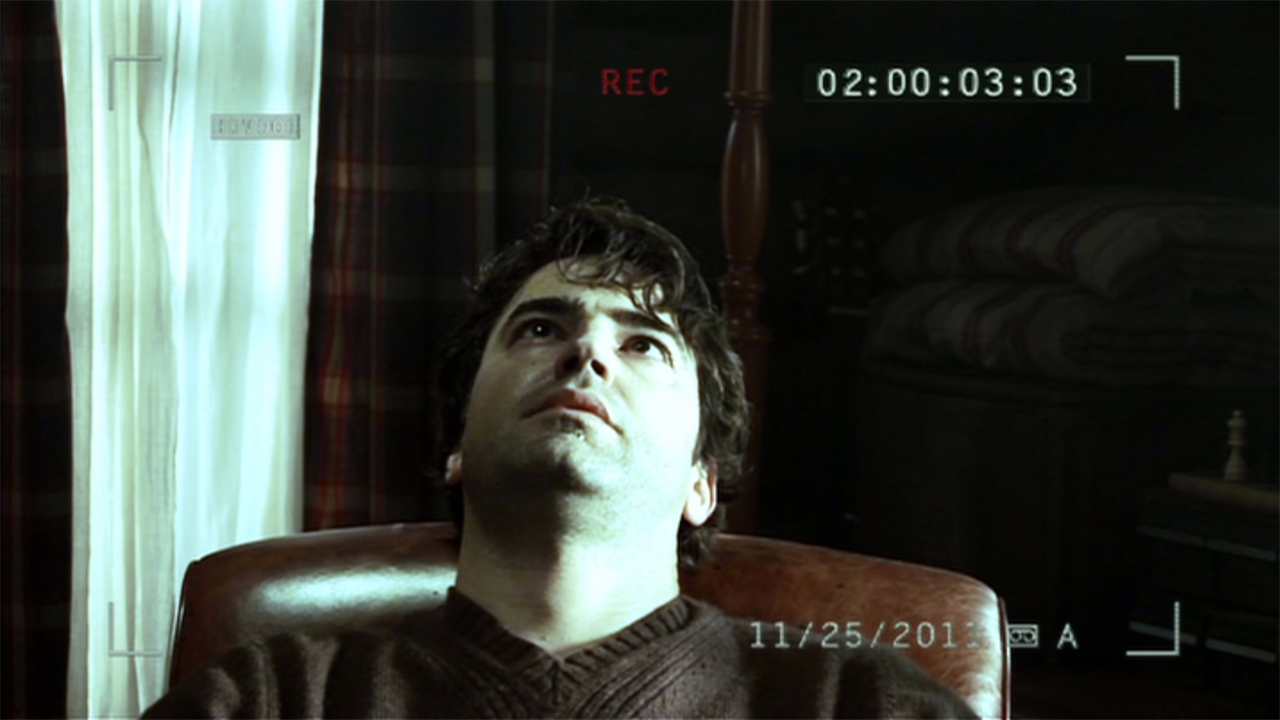
Is It Worthy Of The King?
Without trying to say “It’s all downhill from here,” I would rank “The End Of The Whole Mess” as the third best episode of Nightmares & Dreamscapes: From The Stories of Stephen King – slotted behind only “Umney’s Last Case” and “Battleground.” It didn’t earn the Emmy nominations that those two did, and it’s not as overtly stylish, but it’s a simple story told well, and it features some excellent performances.
As a 45 minute episode in an anthology series, it is a perfect match of medium and source material, evidenced by the lack of original material that had to be invented, and the adaptation maintains the pressured pacing that comes off the page as Howard tries to get the whole story out before it’s too late and doesn’t sacrifice any of the incredibly important material that establishes the backstory of Howard and Bobby and their relationship. It’s always the depth of the characters that makes King’s writing so impactful, and Lawrence Cohen and Mikael Salomon demonstrate an acknowledgement of that fact through their work.
In that same vein, the performances by Henry Thomas and Ron Livingston are excellent, as the two stars demonstrate a great fraternal energy. Thomas, who I’ll eventually mention again in my future columns about Mick Garris’ Desperation and Mike Flanagan’s Gerald’s Game and Doctor Sleep, does a terrific job as the brilliant-but-brash Bobby, capturing both his intense need to make the world a better place and his mad scientist glee when he thinks he has found a cure for the world. Livingston’s Howard is a great middle between those two extremes, and it’s powerful and scary to see his love for his brother lead to the apocalypse.
“The End Of The Whole Mess” is remarkably grim, with the final shot lingering on Howard’s blank-eyed corpse as the camcorder’s battery dies, but in that grimness it is perfectly true to Stephen King’s story, and actually feels ballsy in execution. It’s not the best episode of Nightmares & Dreamscapes, but it is the most haunting.
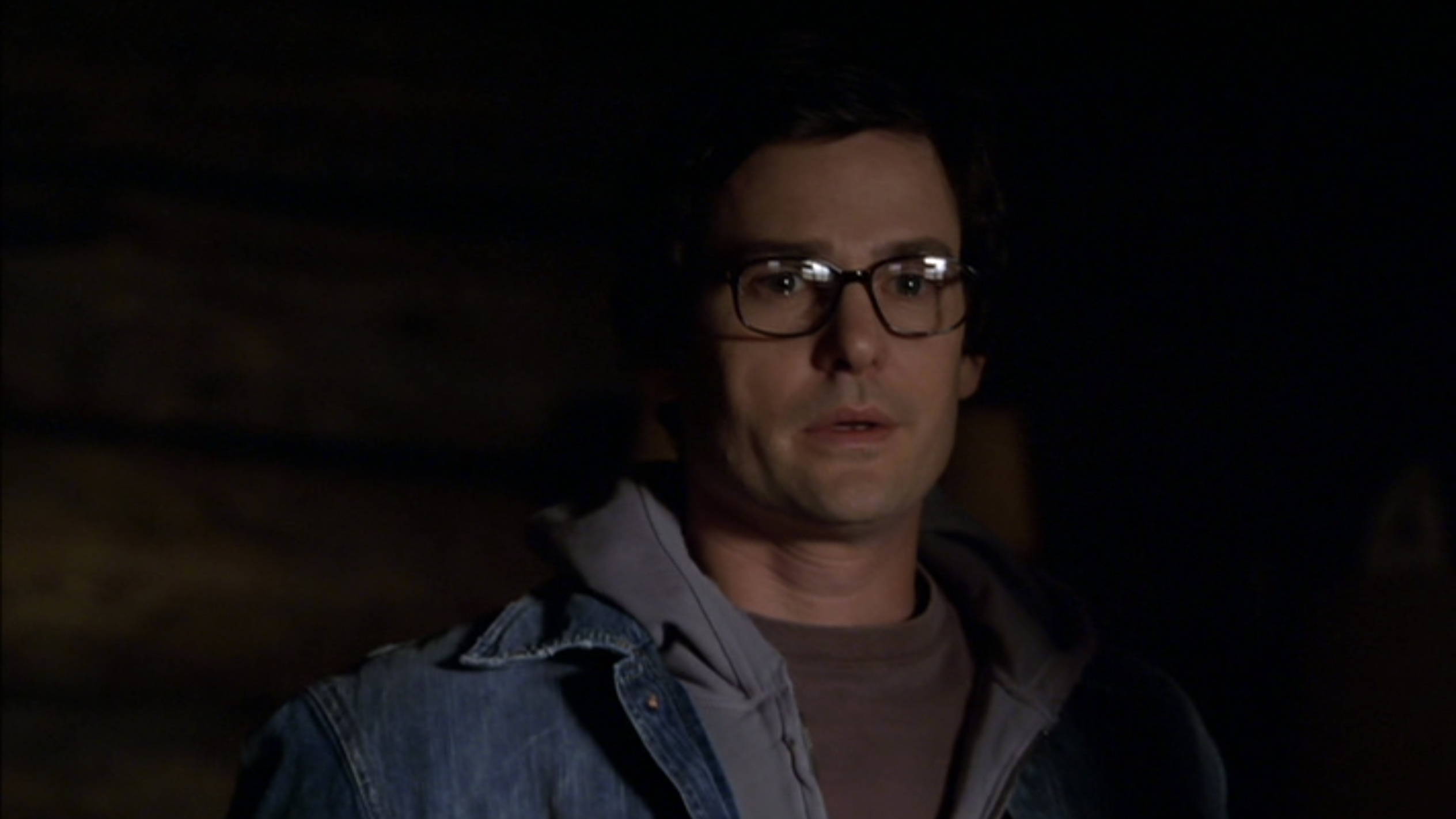
How To Watch Nightmares & Dreamscapes’ “The End Of The Whole Mess”
I hate delivering this news, and yet I find myself continuing to do so week after week in this column. Despite being a terrific series filled with memorable episodes like “The End Of The Whole Mess,” Nightmares & Dreamscapes: From The Stories of Stephen King is not a show that has been properly treated during the digital age, and the result is that it’s not available to stream anywhere legally, and you can’t purchase episodes online. The only option that’s available for Constant Readers is the three-disc DVD set – which is definitely a “must” if you’re aiming to build the ultimate Stephen King collection.
Coming up, Adapting Stephen King will jump ahead to the fifth Nightmares & Dreamscapes episode, which has Tom Berenger starring in "The Road Virus Heads North,” which is based on the short story of the same name from the 2002 collection Everything's Eventual. You’ll find the feature here in the CinemaBlend TV section next Wednesday, and in the meantime you can discover all of the previous installments of this column by clicking through the banners below!







Eric Eisenberg is the Assistant Managing Editor at CinemaBlend. After graduating Boston University and earning a bachelor’s degree in journalism, he took a part-time job as a staff writer for CinemaBlend, and after six months was offered the opportunity to move to Los Angeles and take on a newly created West Coast Editor position. Over a decade later, he's continuing to advance his interests and expertise. In addition to conducting filmmaker interviews and contributing to the news and feature content of the site, Eric also oversees the Movie Reviews section, writes the the weekend box office report (published Sundays), and is the site's resident Stephen King expert. He has two King-related columns.
